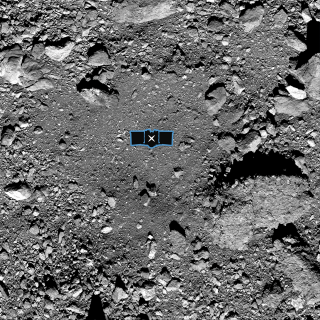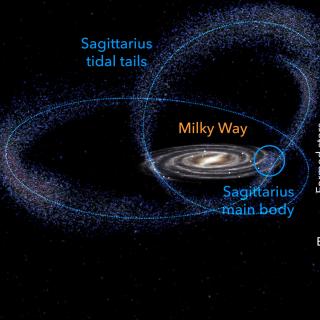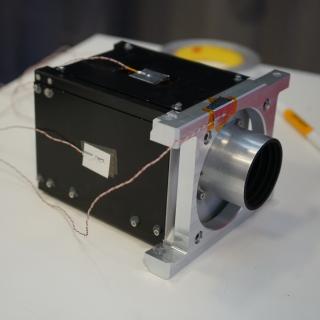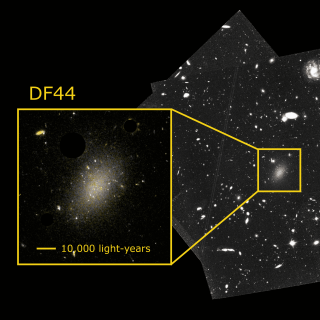
The first tests of a concept using microwave radiometry have yielded promising results for the measurement of subcutaneous temperatures in biological tissues. The prototype has been developed in the programme of Medical Technology within IACTEC, the area of technological and business collaboration of the Instituto de Astrofísica de Canarias (IAC) with economic support (Training Programme) and infrastructure (the IACTEC building) from the Cabildo of Tenerife.
Advertised on




